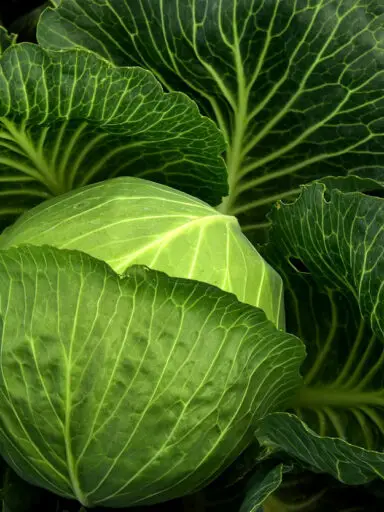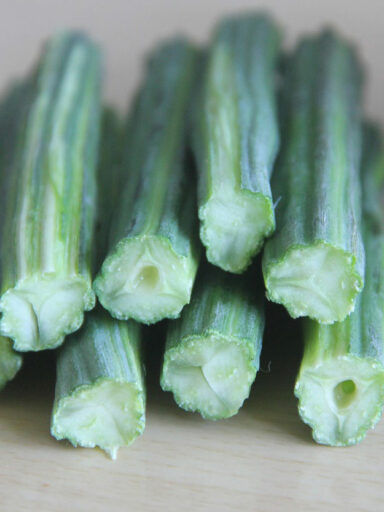The leek is a tall, slim, biennial vegetable grown for its leafy stem and sweet onion flavor. It is related to the onion family of vegetables which also includes garlic and shallots. Leeks differ from these in that they do not form underground bulbs.
The Leek grows best in fertile and well-drained soil. They are grown from seed or by transplanting seedlings.
The plant is grown deep in trenches to prevent sunlight and subsequent greening of the leaves which turns them pungent. This ensures that subtle white stems are guaranteed.
Leek is best bought fresh from the market all year round. Fresh stalks are firm, uniform with healthy bulbs, and without blemishes on the leaves. Slump yellowish stems should be avoided. They can be kept fresh for a week or two if refrigerated.
Leek in the Culinary Context
Leek is prepared by removing the top dark green leaves. Also, remove the bottom root bulb section. Carefully wash the remaining part under running water to remove soil from between the leaves.
Like an onion, you can then peel the outer layer and slice or dice the inner section depending on the recipe instructions.
You can then cook them in various methods. You can blanch, fry, sauté or sweat leek as desired in your cooking.
Leeks are commonly used in making salads, and soups such as the famous potato leek soup. They are also used as ingredients in the sauce, pizza, quiche, pulao, noodles, rice dishes, and more.
Nutritional Information
Leeks contain about 61 calories per 100 grams. It is a good source of antioxidants, vitamins, and minerals. They are rich in the B-complex vitamins folates, pyridoxine, and thiamin. It is also rich in vitamin A, vitamin C, and vitamin K.
Leeks are also good sources of copper, iron, and zinc. It also contains good portions of carbohydrates.




